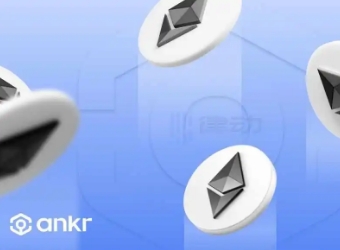DAO is a popular and convenient acronym for Decentralized Autonomous Organization. It is composed of a group of people who decide to follow certain rules to achieve common goals. However, the difference between DAO and other systems is that these rules ar
Is DAO a good investment? How do I start and run the DAO? DAO is a popular and convenient acronym for Decentralized Autonomous Organization. It is composed of a group of people who decide to follow certain rules to achieve common goals. However, the difference between DAO and other systems is that these rules are written into the organization's code. DAO uses smart contracts, which are algorithms that run based on specific criteria that are met.
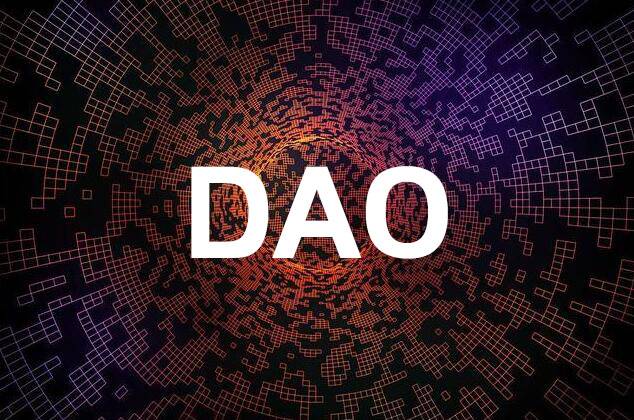
Is DAO a good investment?
Like any business model, whether investing in DAO is a good idea depends on its type, its core mission and objectives, and how its members manage the organization. This is where it is necessary to conduct some research on DAO.
How do I start and run the DAO?
DAO is completely different from traditional organizations. They operate in a unique mode, which may sound far-fetched, but many DAOs are currently operating and making profits.
Step 1: Develop a mission statement and define objectives
Like any business type, you must first draft a mission statement. This can be said to be the most important step in the process, because you will determine how the DAO works and its objectives here. This is almost like the business plan you see in a more traditional business entity. This is a great opportunity to be as transparent as possible.
Please be clear
The great thing about the mission statement is that you can draft it as you like and include anything you want. Ensure that the objectives of the DAO are realistic and achievable with the resources at your disposal. Also make sure to specify how members should act and what they should do if they need to make changes to the DAO in the future.
Step 2: Build a community
Building a DAO community is probably the most difficult step in this process. You first need to decide whether your DAO is large or small, public or proprietary. Your mission statement in the first step must also address this issue.
Select Members
If you want to build your DAO to have thousands of members, you need to invest some serious work to develop the community. On the other hand, if your DAO's goal is to extend membership to a specific number of people or audiences with specific interests, then you need to limit the number of people you join.
It is hard work to establish an exchange center to attract people interested in decentralized organizations. There are many community channels that can attract this group of people, such as social media groups, and even chat platforms like Discord.
Open communication
Open communication with members is crucial to the DAO. Remember, the DAO has no management level, which means that its members must be open to each other to make the organization work. You can also use different platforms to keep in touch with your members, which will take us to the next point.
Step 3: Use your Community Tools
Get rid of the method we mentioned earlier to find potential community members, and use tools to keep in touch with them on the relevant responsibilities of the DAO, such as voting or discussing organizational changes.
Chat services such as Discord and Telegram are good ways to protect the responsibilities of the DAO. The forum can also provide a good way of communication.
For example, discord allows the server owner to restrict who can join the server, potentially eliminating the risk of letting external parties know what your DAO is doing, especially when it has membership requirements.
Step 4: Establish the fund target
The vault of the DAO is what really makes the organization valuable. This part of the DAO allows the community to use capital to achieve its mission. It is important to really take time to determine the financial structure of the organization.
Build the Ministry of Finance
The structure of the Ministry of Finance depends on the type of DAO. For example, if your DAO has a usage fee, you can deposit the money into the national treasury. DAOs who sell member access rights through other means (such as irreplaceable tokens (NFT)) work in the same way.
Buy Tokens
Individuals or entities wishing to join the DAO can purchase the organization's native token, which is a digital currency. Members with tokens can obtain voting rights proportional to their holdings. They can also own the equity of the organization to shape the future of the organization.
The most important thing to remember is that you should invest as much money as possible into your fund pool, because it can enhance the ability to organize the community. This will take us to the next step.
Step 5: Discovery and governance
Members of the DAO need to participate in discussions and proposals that may affect the development of the DAO. In order to move the organization forward, it is necessary to vote on changes and actions. Let's take a closer look at how these organizations are managed.
Formal governance
Formal governance is divided into two categories: off-chain and on-chain. Off-chain governance involves discussions that ultimately lead to formal governance voting. On-chain governance involves token voting.
The typical governance process of a DAO includes: discussion of organization-related issues through chat and video calls. Reach soft consensus through the forum proposal. A hard consensus was reached through a symbolic vote. If the proposal is adopted, it will be implemented.
Entrusted governance
DAO can also implement delegated governance. The community grants certain rights to a group of individuals or working groups. When these groups get involved is crucial. The last thing you and your community want is to make a single decision through a formal governance process that may last for several weeks.
Working groups with specific powers can enable organizations to move forward at a faster pace, and also allow communities to have a voice in matters.
Step 6: Determine ownership
Allocating ownership in the DAO is a way to allow members to vote on decisions and represent members' access rights. The two ways to allocate ownership are to use NFT and replaceable tokens (ERC-20 tokens). Some DAOs use NFT as governance weight, while others use ERC-20. Both have advantages and disadvantages, depending on the type of DAO you have and how it works.
summary
We hope that our operation guide better describes how to create a DAO. Compared with other business types, this is a relatively new organizational model, so there are still many problems in DAO operation. As the years go by, it will be interesting to see how popular DAOs become and how they will help build the business landscape.




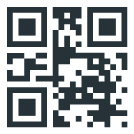



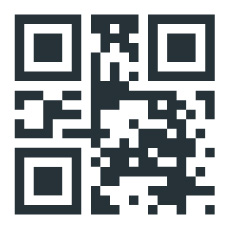



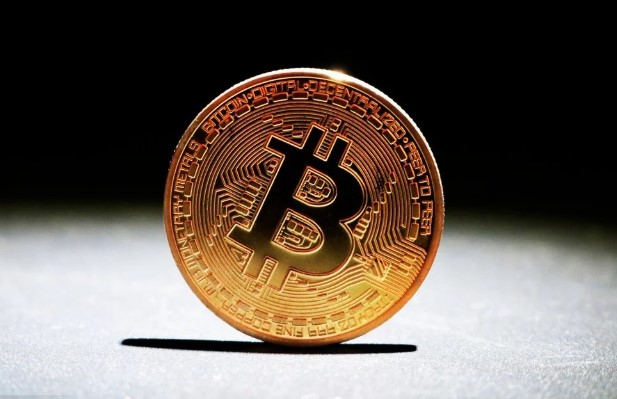
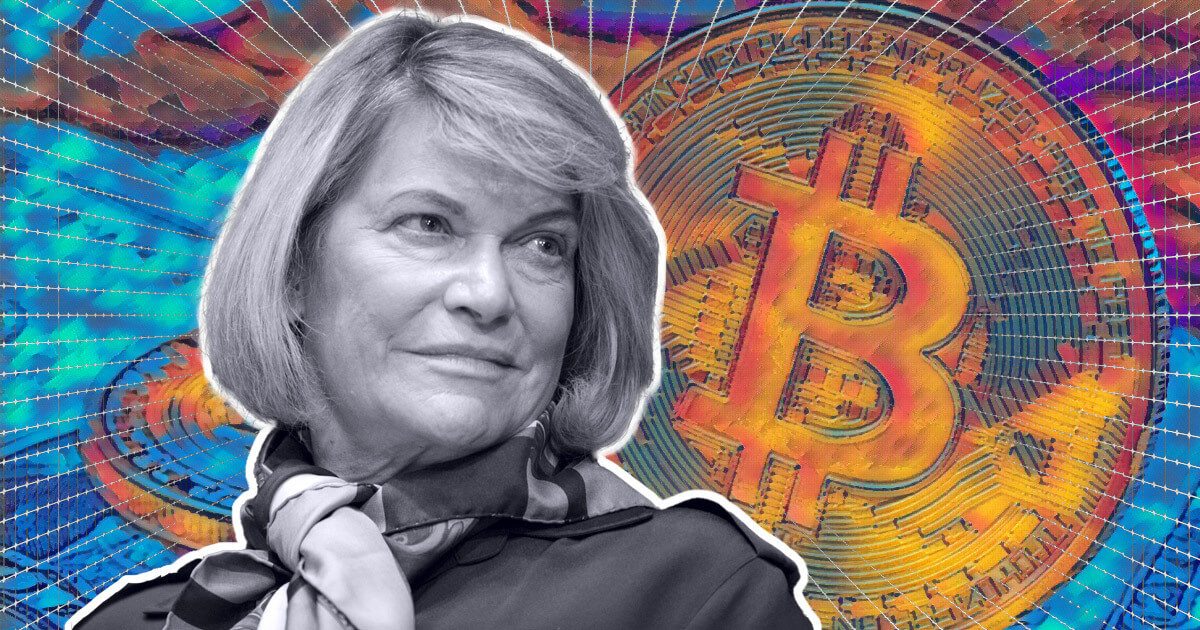
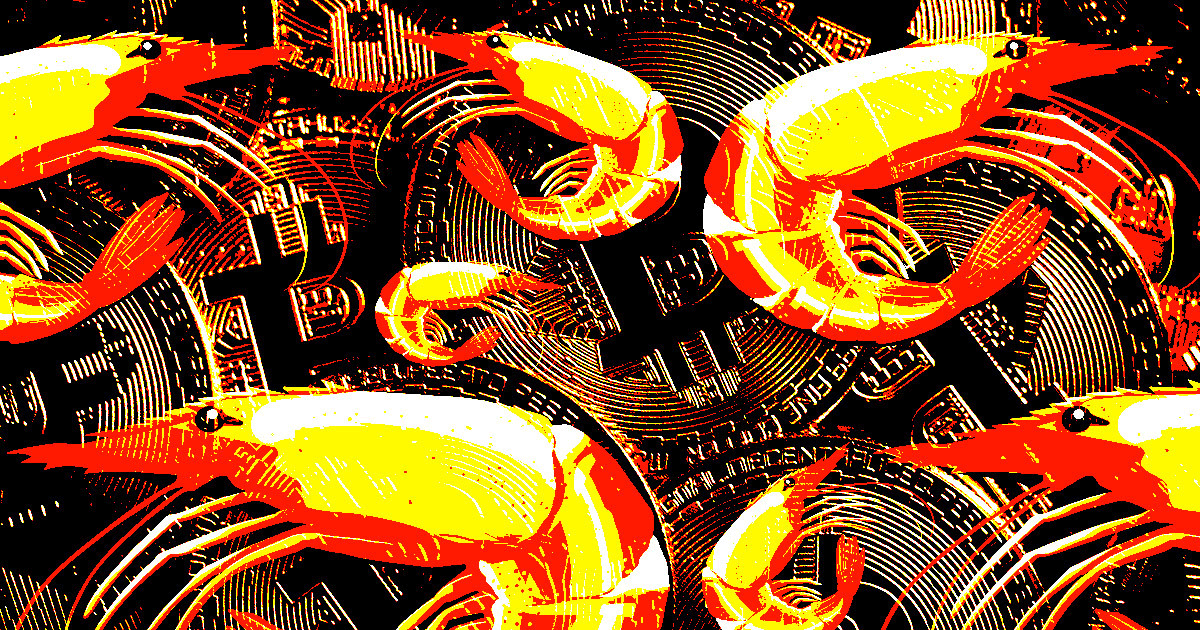

 Tue, 18 Apr 2023
Tue, 18 Apr 2023